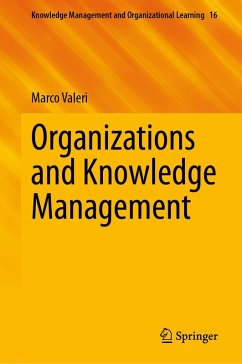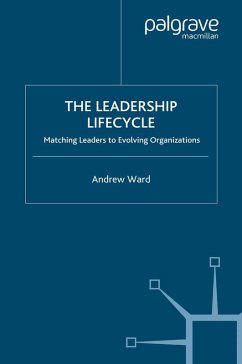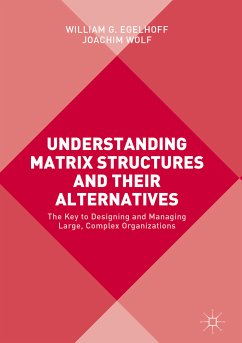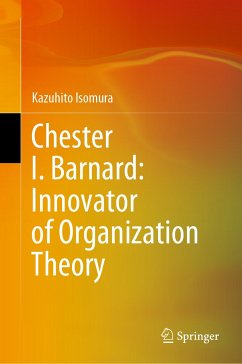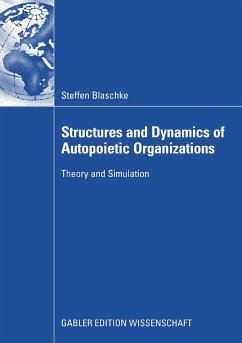
Structures and Dynamics of Autopoietic Organizations (eBook, PDF)
Theory and Simulation
Versandkostenfrei!
Sofort per Download lieferbar
Statt: 53,49 €**
40,95 €
inkl. MwSt.
**Preis der gedruckten Ausgabe (Broschiertes Buch)
Weitere Ausgaben:

PAYBACK Punkte
20 °P sammeln!
Knowledge, learning, and memory are major concepts in management science and organization theory. First and foremost, they are attributed to individuals rather than organizations. Steffen Blaschke reconsiders the three major concepts in the light of social systems theory. He complements autopoietic organization theory with a clear-cut distinction between individual and organizational knowledge, learning, and memory. Following suit of agent-based modelling, he provides an operationalization of autopoietic organization theory in terms of computational simulation. The author subjects organization...
Knowledge, learning, and memory are major concepts in management science and organization theory. First and foremost, they are attributed to individuals rather than organizations. Steffen Blaschke reconsiders the three major concepts in the light of social systems theory. He complements autopoietic organization theory with a clear-cut distinction between individual and organizational knowledge, learning, and memory. Following suit of agent-based modelling, he provides an operationalization of autopoietic organization theory in terms of computational simulation. The author subjects organizational structures and dynamics to a range of simulation scenarios, thereby questioning the effects of work groups and communities of practice as well as personnel turnover and layoff on knowledge, learning, and memory.
Dieser Download kann aus rechtlichen Gründen nur mit Rechnungsadresse in A, B, BG, CY, CZ, D, DK, EW, E, FIN, F, GR, HR, H, IRL, I, LT, L, LR, M, NL, PL, P, R, S, SLO, SK ausgeliefert werden.




